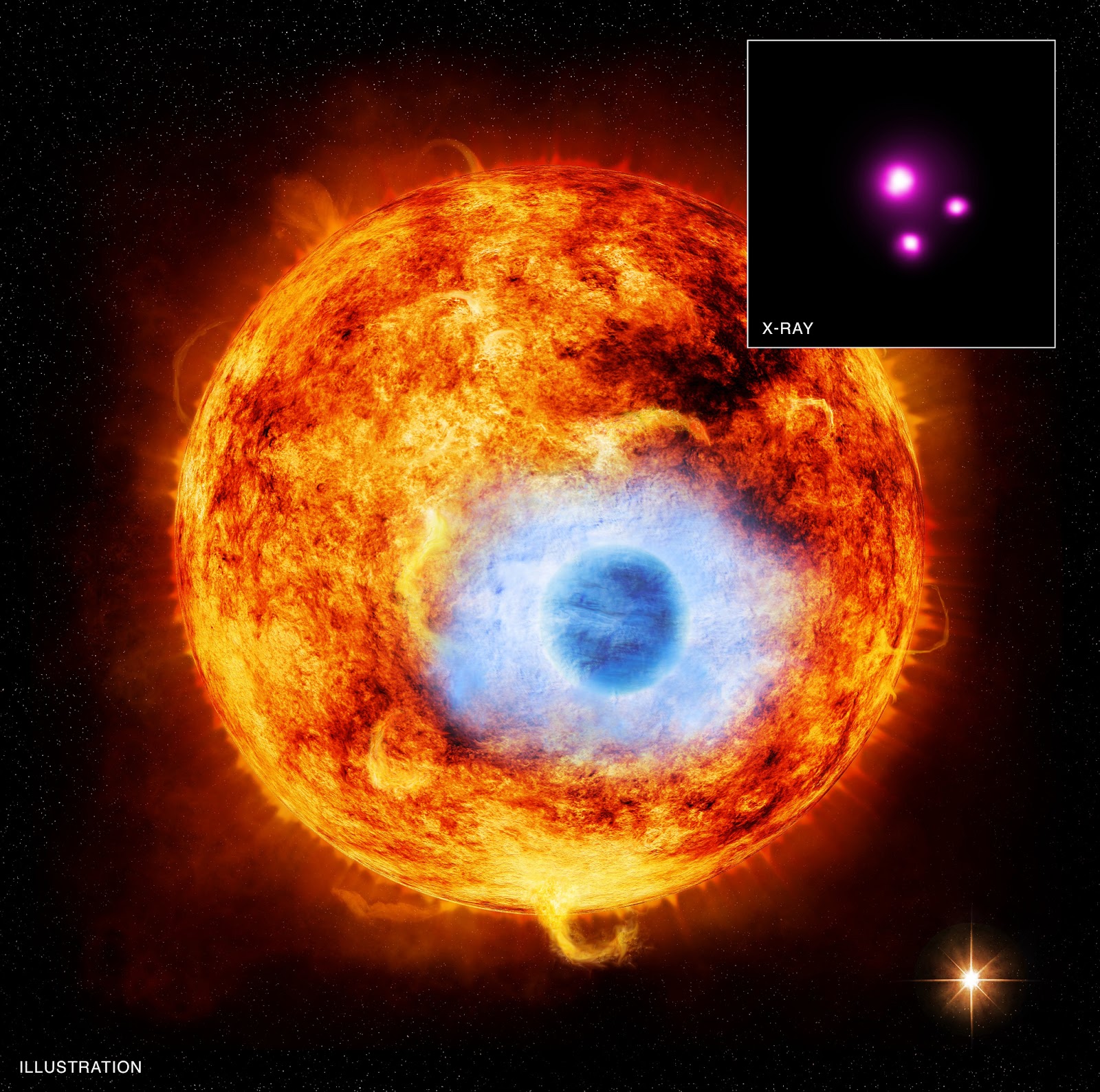Several of the most promising habitable zone planets discovered, alongside Earth. Image: NASA / JPL-Caltech
In a few short years, the James Webb Space Telescope will offer us our first glimpse into the atmospheres of distant, Earth-like worlds, and we'll finally be able to search for the chemical fingerprints of extraterrestrial life. Overnight, astronomers across the world will become alien hunters."We are at the verge, for the first time in history, of determining whether life is dominant in the universe or not," Lisa Kaltenegger, the director of Cornell's new Institute for Pale Blue Dots, told me.But to hone our scopes in on the most promising planets, we'll first need a system for classifying them. That's why Kaltenegger is spearheading an effort to create the very first "fingerprint database" for alien worlds. The hundreds of hypothetical atmospheres in this database will be used to categorize exoplanets and rank them in terms of how Earth-like they actually are."It's like CSI for exoplanets," Kaltenegger said. "When you go to a crime scene, you collect fingerprints and match them to a database. When we get really interesting spectral fingerprints from planets, we want to do the same thing."Two decades ago, astronomers could count the number of extrasolar planets we knew of on one hand. In the last five years, NASA's Kepler mission and ground-based telescopes have uncovered thousannds, and forthcoming missions are expected to turn up thousands more, particularly in our own solar neighborhood. Astronomers now think our galaxy harbors all sorts of bizarre worlds, from giant balls of hot gas to eyeball planets to lava-covered rocks. But if it seems we've learned a lot about exoplanets recently, rest assured we're just getting started.Indeed, we haven't even begun to address the key question driving our interstellar exploration: Whether or not life on Earth is unique.To answer that question, we need data on the chemical composition of planetary atmospheres, which could indicate the presence of life. We've been able to decode the atmospheres of a few giant, Jupiter-like planets, but our scopes are not yet large enough to do this for Earth-like worlds.But that's all about to change. With the JWST coming online in 2018, we'll be able to measure the starlight filtered through the atmosphere of rocky, Earth-sized planets, and begin the search for specific fingerprints—combinations of oxygen and methane, for instance—that offer strong evidence for life's metabolism. To guide our search, Kaltenegger and her team are putting together a database containing potential "spectral fingerprints" for hundreds to thousands of different alien worlds. They've started by modeling the fingerprint of the one habitable worlds we know—our own blue marble—over geologic time."We already have an atmospheric code for Earth," Kaltenegger said. "We start with that, and change one variable at a time. We add water, take water out, add mass, take mass out. We add different biota. Soon we have thousands and thousand of worlds, each one producing a different Earth-like atmosphere and its own spectral light fingerprint."According to Kaltenegger, this database will not only guide our telescopes toward the most promising planets, it'll help astronomers determine how long they need to stare at a particular rock to actually pick out biosignatures."For instance, if you had a planet like Earth, but hotter, there should be much more water vapor in its atmosphere, which would make oxygen and methane harder to pick up," Kaltenegger told me. "So, once you see a lot of water vapor, you go back to the database and you realize, okay, this planet could be a hot Earth. That means I'm going to need to stare at it longer to make sure I'm not missing any biosignatures."Once we begin collecting real spectral data on alien atmospheres, Kaltenegger envisions her fingerprint catalog becoming far more complex. In addition to helping us hunt for alien life, getting a handle on the range of Earth-like planets in the cosmos may help scientists to predict our own world's future."We're soon going to have other data points that feed into our understanding of how our planet works," Kaltenegger said. "If we find Earth-like worlds that are much older, for instance, we could get our first glimpse into our planet's possible future."While the distant forecast for life on Earth may be grim, there's still much to learn about how our biosphere will evolve before the inevitable end—including how humanity might shape that evolution."The first image we took of Earth from space—of a tiny, fragile atmosphere—changed our perception of the planet," said Kaltenegger. "By the same token, having these models will allow us to look at Earth differently and become better stewards into the future."
To guide our search, Kaltenegger and her team are putting together a database containing potential "spectral fingerprints" for hundreds to thousands of different alien worlds. They've started by modeling the fingerprint of the one habitable worlds we know—our own blue marble—over geologic time."We already have an atmospheric code for Earth," Kaltenegger said. "We start with that, and change one variable at a time. We add water, take water out, add mass, take mass out. We add different biota. Soon we have thousands and thousand of worlds, each one producing a different Earth-like atmosphere and its own spectral light fingerprint."According to Kaltenegger, this database will not only guide our telescopes toward the most promising planets, it'll help astronomers determine how long they need to stare at a particular rock to actually pick out biosignatures."For instance, if you had a planet like Earth, but hotter, there should be much more water vapor in its atmosphere, which would make oxygen and methane harder to pick up," Kaltenegger told me. "So, once you see a lot of water vapor, you go back to the database and you realize, okay, this planet could be a hot Earth. That means I'm going to need to stare at it longer to make sure I'm not missing any biosignatures."Once we begin collecting real spectral data on alien atmospheres, Kaltenegger envisions her fingerprint catalog becoming far more complex. In addition to helping us hunt for alien life, getting a handle on the range of Earth-like planets in the cosmos may help scientists to predict our own world's future."We're soon going to have other data points that feed into our understanding of how our planet works," Kaltenegger said. "If we find Earth-like worlds that are much older, for instance, we could get our first glimpse into our planet's possible future."While the distant forecast for life on Earth may be grim, there's still much to learn about how our biosphere will evolve before the inevitable end—including how humanity might shape that evolution."The first image we took of Earth from space—of a tiny, fragile atmosphere—changed our perception of the planet," said Kaltenegger. "By the same token, having these models will allow us to look at Earth differently and become better stewards into the future."
Advertisement
Advertisement
